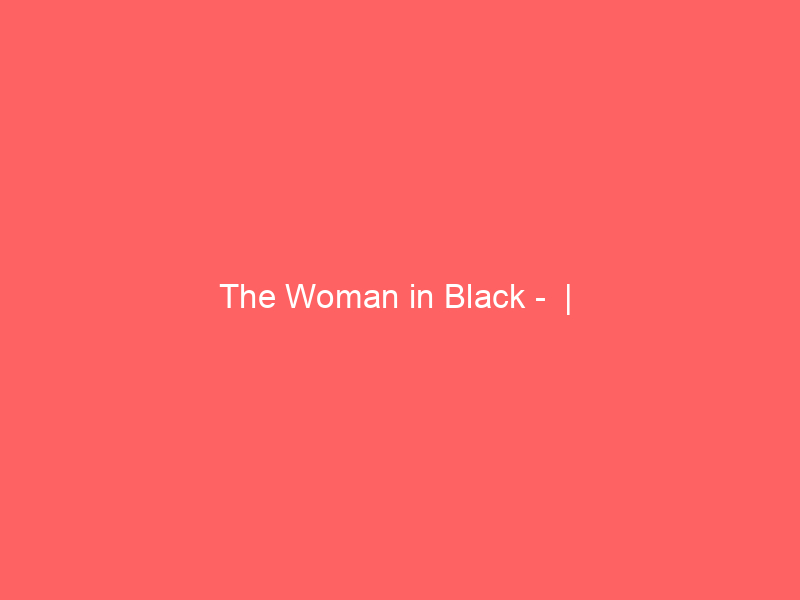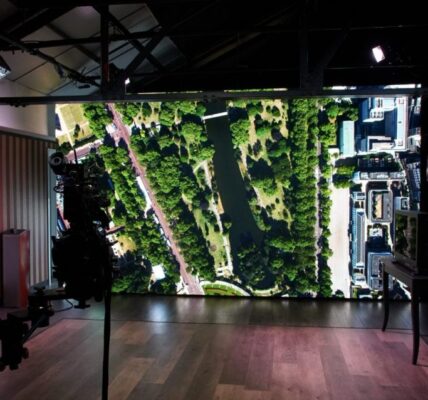having relaunched in 2010 with the promise of delivering solid horror films for a modern audience, the output from the rebooted Hammer Films has been something of a mixed bag. While its inaugural release, remake Let Me In, was received with great fanfare, subsequent films The Resident and Wake Wood have been less successful. So with its first big release, The Woman in Black, Hammer has much to prove – and has piled on the pressure by choosing to adapt a story that’s not only a bestselling novel but also a long running West End play.
An additional challenge is that tale is so effective because of its simplicity; there are no big set pieces for a filmmaker to hide behind. So it’s reassuring to see that, while some elements of Susan Hill’s story have been tweaked to give it more of a cinematic scope, the narrative runs fairly true. At its heart is young lawyer Arthur Kipps (Daniel Radcliffe) who, still reeling from the death of his wife in childbirth four years previously, is sent to a remote village in order to organise the paperwork at the isolated Eel Marsh House. On his arrival he finds the locals most unwelcoming, believing that anyone disturbing the peace at the house brings tragedy to the village. Although initially sceptical, Kipps soon discovers that the mansion holds horrifying secrets, and that one of its former occupants is determined to exact terrifying revenge…
As written, Hill’s vision is terrifying, thanks to is its intimate scale and clever manipulation of universal fears. Thankfully, in Jane Goldman and James Watkins, the producers have found a screenwriter and director who appreciate and share Hill’s approach. Realising that her chilling prose provides an effective blueprint for scares, they have given it room to breathe – which means no flashy effects or complicated CGI. Instead, an atmosphere of malevolent unease is created by the good old-fashioned methods of solid writing, expert cinematography, clever sound design and strong performances.
The latter is particularly true of Daniel Radcliffe, who is facing intense individual scrutiny as he steps into his first post-Potter role. Although perhaps rather young to be taking on the mantle of a bereaved husband and father, it’s soon clear that the 22-year-old has the power to handle the raw emotion that’s central to his character. Appearing desolate and haunted before he even sets foot in Eel Marsh House, Radcliffe’s performance ensures that Kipps’ battle with his own personal demons remains as dominant as his supernatural wranglings, the synergy between the house and Kipps’ psyche providing essential dramatic grounding.
Radcliffe is supported not just by a great cast of co-stars, including the wonderful Ciaran Hinds as Kipps’ confidante Mr Daily, but also by those behind the camera. Cinematographer Tim Maurice-Jones, responsible for the intense visuals of White Lightnin’, uses the contrasts of light and dark to draw the viewer in; deep shadows and flickering candlelight creating an ever shifting visual landscape in which Eel Marsh House comes eerily to life. That’s bolstered by Kave Quinn’s exceptional production design; stuffed to the brim with well-chosen ephemera of the Victorian era – including a multitude of creepy windup toys – it pulsates with its own energy. (The infamous rocking chair is, as it should be, one of the stars of the show.) And the visuals are compounded by eerie sound design; Watkins is unafraid to use silence as a powerful tool, and it’s far more effective than the intrusive audio cues found in most other genre movies.
Ultimately, it is Watkins’ complete understanding of this story and how it should be told, along with an appreciation of the expectations and imaginations of his audience, that sees justice being done to Hill’s prose. By ensuring all the elements of the film work in harmony, and that none of its understated charms are obliterated with special effects or gore, Watkins has succeeded in making this classic ghost story relevant and accessible for a new audience. And so, despite its period setting, this Woman in Black is an effective modern horror; one which, like its petrifying protagonist, is sure to haunt your dreams.
4 stars











